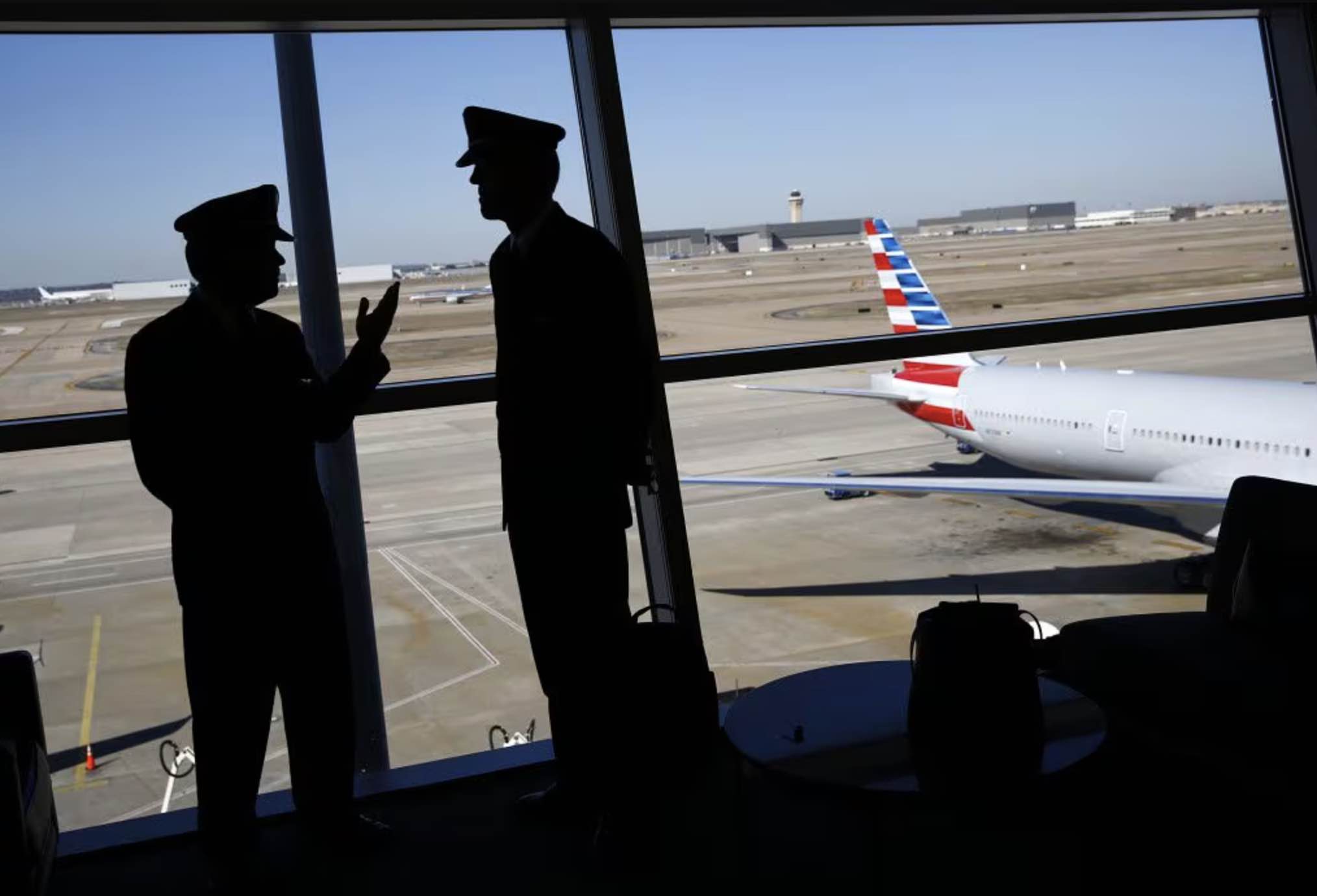
American Airlines has limited the discretionary ability of employees to remove passengers from flights to all but the most egregious circumstances invovling safety or security.
American Airlines Enhances Passenger Removal Protocol
Earlier this year, I discussed a very concerning incident in which eight black men, all unrelated and seated in different parts of the aircraft, were removed from an American Airlines flight because one of them allegedly had a foul odor. While they were eventually all allowed back on, the situation was so egregious that it prompted a threat from the NAACP that it was considering reinstating its travel warning against AA.
Furthermore, I’ve discussed several incidents of passengers being removed from an American Airlines flight until they covered up their attire deemed too revealing. It appeared that such policy was enforced unevenly and arbitrarily, often based more on body type than the attire itself.
- 26-Year-Old Fitness Model Says American Airlines Denied Her Boarding For Wearing Skimpy Outfit
- Tacky Clothes Versus Tacky Flight Attendants At American Airlines
- Miss Universe Olivia Culpo Busted By American Airlines For Fitness Attire
In light of that, American Airlines has updated its policy on removing passengers and made it harder for employees like gate agents or flight attendants to remove passengers onboard. As shared by View From The Wing, here is the updated policy:
- As an airline, our goal is to welcome all customers unless there is a risk to the safety or security of the flight.
- Discrimination based on race, gender, religion, color, sexual orientation or national origin against any customer or team member is unacceptable and will not be tolerated at American Airlines.
- Any non-safety or non-security related concerns should originate from customers only, not from team members.
- Should non-safety or non-security concerns be raised by a customer, our shared objective is to avoid customer removal. That means groups across the operation work together toward a resolution that both addresses the customer concern and keeps all customer travel intact.
- Our charge for every team member – no matter the circumstance – is to lead with respect, discretion, care and empathy.
As I read it, passnegers can generally no longer be thrown off for their wardrobe choice or even if they smell. If a customer (not an employee) does raise an issue that is not related to safety or security, the removal process will be initiated as an option of last resort.
The memo continues:
- Two flight attendants must engage the customer who raised the non-safety or non-security concern to try and resolve.
- In the rare event resolution to a non-safety or non-security concern isn’t likely and before any customer is asked to get off the aircraft, the captain should contact the CRO.
- No matter the path, handling these types of issues with respect, discretion, care and empathy is critical to the solution. How we make our customers feel and the perception we leave them with matters, and we all play an important role in that.
- All flight attendants must submit a CERS within 24 hours of the event using the new CERS Event Category: Customer Event non-safety/non-security.
- For any issue involving the safety or security of a flight, our captains have the authority to make decisions regarding passenger removal. As is the case today, that should be done after a thorough assessment.
I think these changes are very reasonable and I particularly like that last point. When I got thrown off a flight after a batty flight attendant lied and said I was taking pictures of her, the captain did not even perform an assessment (like ask me my side or ask to see my phone…). He just threw me off and threatened me in doing so.
No, a captain should investigate before s/he throws off a passenger, not just “keep the peace” by automatically siding with the flight attendant.
Yes, the “security” and “safety” exceptions are wide and can be misconstrued, but it’s better than saying that flight attendants can enforce its dress code (“Dress appropriately; bare feet or offensive clothing aren’t allowed”) in a manner they see fit.
CONCLUSION
I’m happy to see AA update its policy that limits the power of flight attendants and other employees to remove passengers from flights for all but the most egregious reasons of safety and security and even then, only with empathy. The embarrassing cases I noted above may have been aberrations rather than standard operating practices, but they still called out for reform.
image: American Airlines




Still have pics of my first flight at age 11 – O’Hare to LA International it was then called in 1965. My twin brother and little sister and I are in our “Sunday Best”, mom in a hat and gloves!!!, dad in his suit. He was only one who’d flown before because businessmen on expense accounts and really rich people were the airline market then. Looking back that was summer after Grandpa died which I’m guessing is why we were flush enough to fly to Disneyland instead of taking the station wagon in our usual Griwold family fashion.
I’d be interested to hear from an FA how they “deal” with passengers whose hygiene is lacking. As a manager of employees, I’ve luckily never had this situation and, frankly, have always wondered how I’d even address this beyond simply running to HR. Same with pax of size. Me being overly blunt to a fault, I would probably devolve into a Little Britain-esque method of “You’re too fat. Get off!” but I’m not known for being diplomatic.
This is a good change. There have been too many people tossed from planes for no real reason. Not liking someone’s baseball cap, t-shirt, or flag pin does not warrant a nervous meltdown by staff. This is a smart move.
If I was a flight attendant in this day and age with “no authority” allowed by my employer, “no ability to control a situation, I would just turn a blind eye until things are so bad that the captain (in flight or not), will be the decision maker.
Once again, a case of not offending any anti-social, angry, offensive passenger(s) and basically letting mob-rule take precedence. Horrible for passengers and crew members who observe this bad or annoying behavior or are victims of violence, bad odor, immoral conduct and anything else on the list. Where is the line drawn or I guess all “lines” are now non-existent.
Look at the links above.
Do you think all black guys should be removed because one may smell?
Do you think girls in athleisure should be thrown off?
No, no, no, certainly not, I didn’t mean for my comment to be read the wrong way. I’m totally against the (more) prevalent attitude of Jack-booted, power tripping crew members to be Johnny-on-the-spot policemen, judge and jury for all the wrong or ridiculously perceived reasons.
As well, when any form of enforcement or judgment is withheld in the cases of violence, blatant sexual misconduct (gross misbehavior), then I would imagine this will embolden social misfits to continue unchallenged. Don’t we see that in today’s society (not just on airplanes) ?
For all the reasons above (links) and many more examples, I will not fly AA and to me the worst offender is SWA.
Please don’t fly at all, thanks.